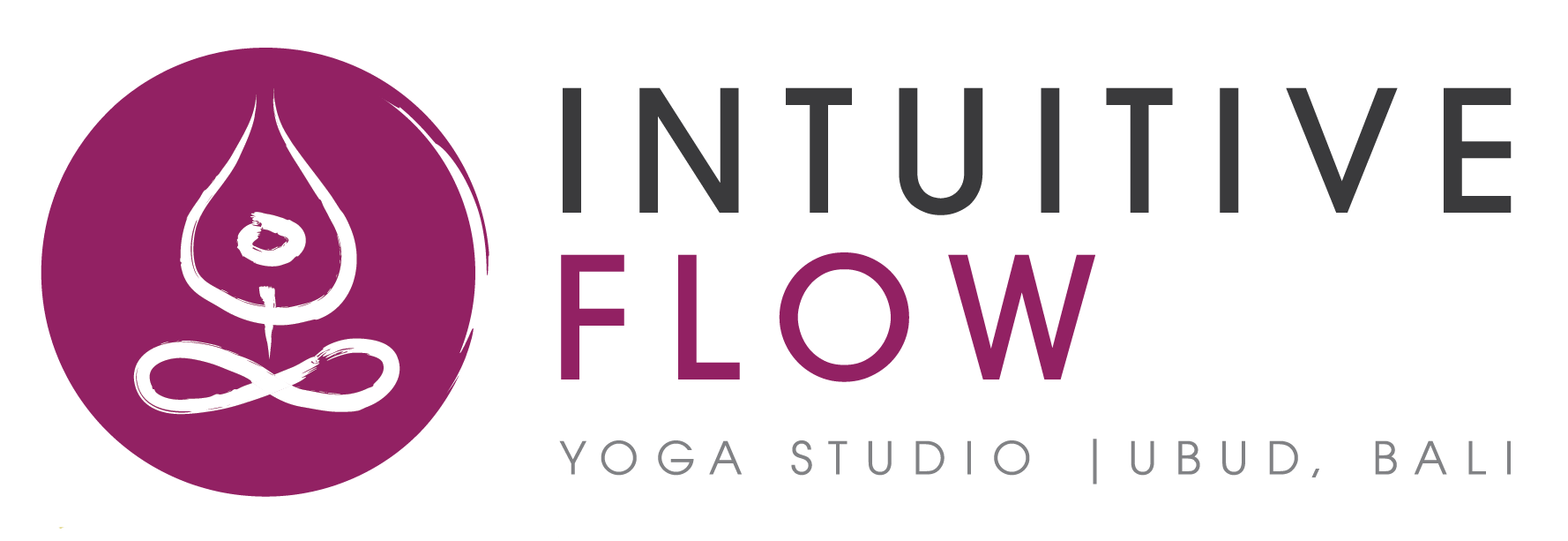17 Apr Consciousness, Self, Mind and Soul
 The discipline of yoga is very wide and has a large number of practices but they all have communality. In the end, they all lead back to the source, which is our ultimate teacher. The goal of yoga is union of the individual consciousness with the cosmic consciousness.
The discipline of yoga is very wide and has a large number of practices but they all have communality. In the end, they all lead back to the source, which is our ultimate teacher. The goal of yoga is union of the individual consciousness with the cosmic consciousness.
Yogasanas or body postures help us to be detached from our minds and our emotions. Meditation practices increase our patience and help us find the center of our universe, which is our soul. The asanas also make the body healthy, because the body is the temple of the soul. However, the body will be gone one day, but the soul within is immortal.
As human beings, our main stumbling block is that we confuse consciousness, self, mind and soul. Patanjali tells us in his Yoga Sutras that yoga is the resolution of the agitation of the mind. Then the seer abides his now nature.
Yoga citta vritti nirodhah
Tada drastuh svarupe vasthanam
The yogic scriptures advise us that in order to understand ourselves, we need to explore and witness of the wholeness of our being. They tell us that the mind is composed of chitta (consciousness), buddhi (intellect), manas (the senses) and ahamkara (ego). The Upanishad tell us that we are not just 3-dimensional but multi-dimensional beings, divided for the sake of simplicity into five sheaths, called koshas:
First, we have annamaya kosha, which is the physical body and within, through and around this sheath, we have the pranamaya kosha, which is the energy body. Within through and around the energy sheath is the manomaya kosha, which is the mind reflecting on itself through consciousness (Chitta), intellect (buddhi), ego (ahamkara) and mind (manas). This sheath lies within, through and and around the vijnamaya kosha or bodily wisdom, which is also perceived through consciousness (Chitta), intellect (buddhi), ego (ahamkara) and mind (manas) but in a purer state. Finally, the innermost sheath of our being is the anandamaya kosha, which is the highest level of consciousness that merges at the heart. If we perceive our being through the prism of all five koshas, we arrive at the concept of Sat-chit-ananda or the triangle of eternal truth, consciousness and bliss.
Soham
Hamso
The concept of the soul as divine is experienced as light of atma. We see in the Upanishads that there are two kinds of souls: jiva-atma or individual soul, and param-atma or universal soul. Yoga enables us to join these two souls through Divine Silence. This is the So-Ham, which the ancient Vedic yogis discovered to be the inherent rhythm of our breath – the inhalation (So) alternating with the exhalation (Ham). So-Ham is a central mantra for yoga meditation that helps to connect with our inner self. So-Ham translates to That Am I. “I” refers to the self, which is then unified with the Divine Infinite in this detached meditative state. This oneness is the ultimate truth of the universe. It is always in existence, irrespective of whether we realize its presence.
Atma Hrdaye
Hrdayam mayi
Aham amrte
amrtam anandam
All this can be beautifully summarized in this one sentence: “The life force is linked to the heart, the heart is linked to the truth within, and the truth is linked to the eternal, which is the unending bliss.” The I Am presence in our heart is the unending bliss of ultimate oneness. We need to free the self from the tight control of our mind, in order to unveil the light of our Atman. Ultimately, we can achieve our true nature of bliss.
However, many people find it difficult to separate their mind from their consciousness, since they have formed their whole identity around their mind. The mind feeds on power and takes a strong hold on your being, if you allow it to. This mind is forever changing, and exercises full control over your thoughts and actions, leaving you helpless. Yoga helps these people to focus on the innermost qualities present in the heart, such as contentment, love, tolerance and peace. You learn how to detach the self from the mind and its emotions. Otherwise, thoughts give rise to certain emotions, which in turn invoke other emotions. You become trapped by your mind and become ill.
Jyotir aham
What we experience through our sense organs is nothing but our inner self. This true higher self, or Atman, is the source of knowledge. Atman is a ray of light (jyotir) from which consciousness emanates. When we acquire self-knowledge, we realize that all beings unite through the rays of light in the heart, and form the communality of the self. Yoga is thus a way of fostering unity and togetherness, because when we go deep into our hearts, we find every other person there as well. The ultimate objective of yoga is the oneness the source.
In peace and light,
Linda Madani

